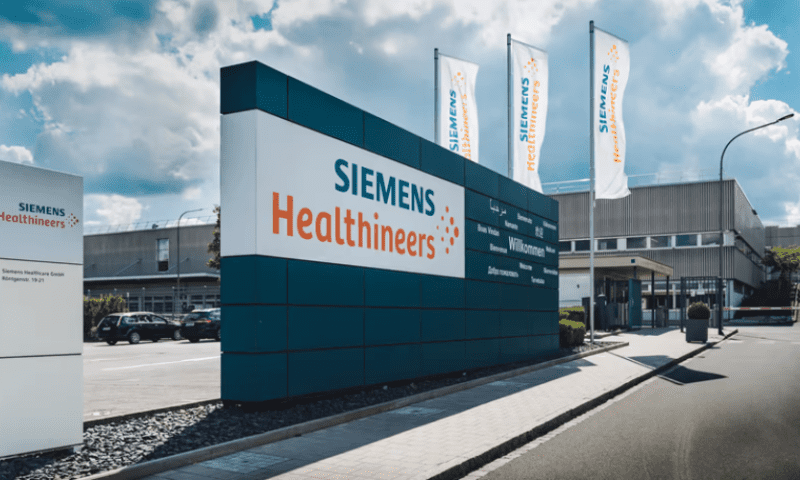Siemens Healthineers received clearance from the FDA for its latest scanner that combines SPECT and CT imaging into a comparatively smaller package.
The Symbia Pro.specta is designed to replace Siemens’ Symbia Intevo family of SPECT/CT machines, first cleared by the FDA in 2013. The company says the new, all-purpose system can be customized to fit within different department settings while working with a range of exams and patient types.
The stated goal is to help make it easier for health systems and radiologists to upgrade to SPECT/CT imaging by being able to place the hardware in existing exam rooms.
The device combines SPECT—or single-photon emission computed tomography, which relies on high-powered gamma rays to produce 3D images—with a conventional CT scanner to deliver clearer pictures of the body.
According to Siemens, SPECT/CT technologies have not been widely adopted, with many healthcare providers continuing to use SPECT-only gamma cameras.
The next-generation Pro.specta includes a low-dose CT scanner that provides 32 to 64 slices from a 70-cm bore, while the SPECT system automatically corrects the image for any patient movement during the exam.
The machine comes paired with Siemens’ myExam Companion workflow software, which helps guide the operator through the entire scan, from patient preparation to image processing. The system can also be used for simply SPECT or CT imaging and be tailored for cardiology, neurology, oncology, orthopedics and more, such as with tools that track the patient’s breaths to help sharpen chest scans of the heart.
Siemens obtained a groundbreaking clearance from the FDA last October for its photon-counting CT scanner, with detectors sensitive enough to measure X-rays individually.
Compared to conventional systems that measure the total sum of energy passing through a patient’s body from multiple beams at once, Siemens says its Naeotom Alpha hardware can construct 3D images with greater detail and a tighter focus on a particular area of the body.
Developed in collaboration with the Mayo Clinic, this method allows physicians to observe anatomy previously too small to see—such as separate layers in the linings of small arteries, the chemical makeup of kidney stones or the individual struts of a coronary stent—and potentially unlocks new uses in CT-based diagnostics.

